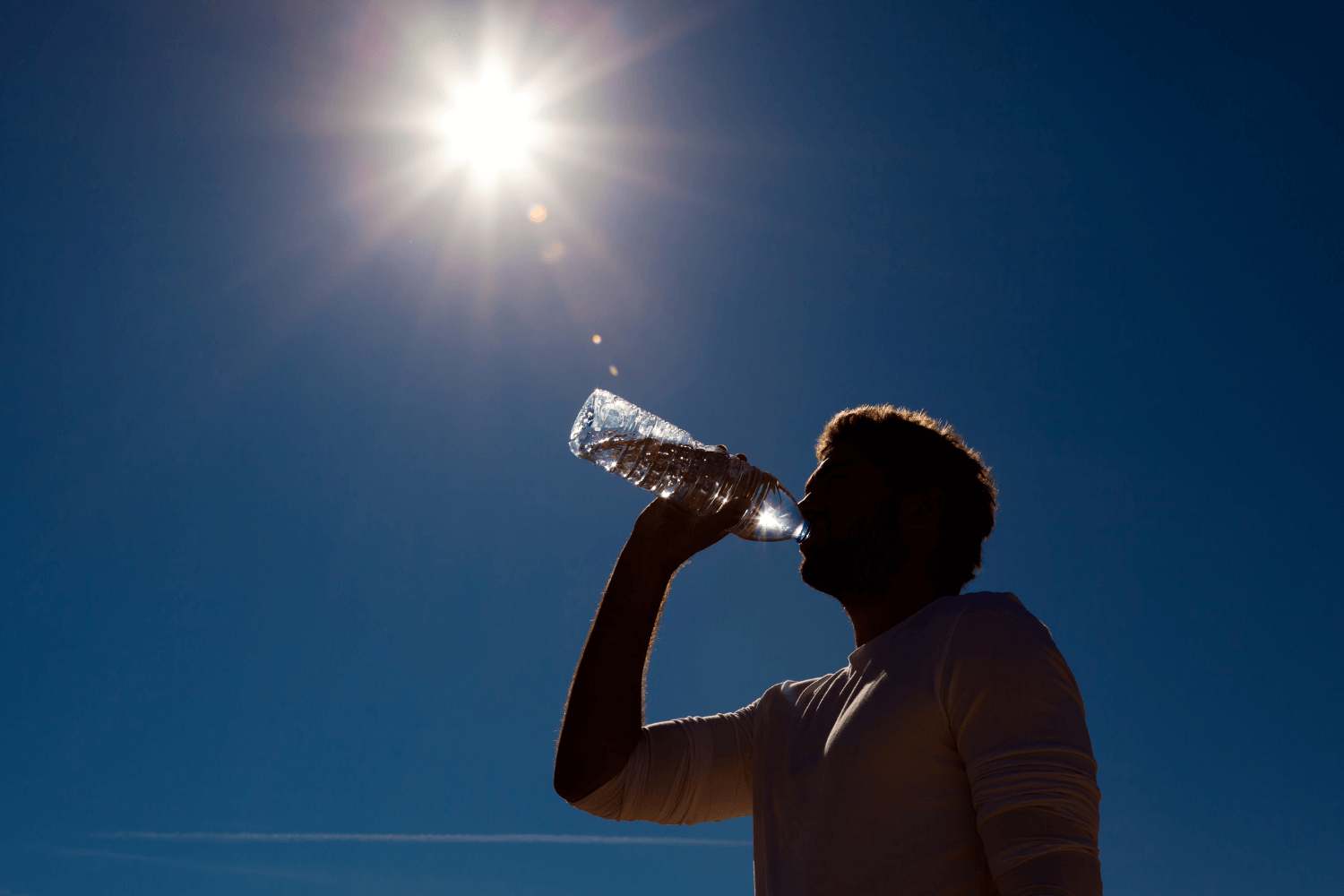
Impacts of hot climate conditions on
work, health and safety in Australia
In Australia, workers in many industries are frequently exposed to hot ambient conditions, as most parts of the country experience hot summer and frequent heatwaves that can last for a week or longer. Exposure to hot temperatures leads to a reduction in physical capacity, impaired mental alertness, and altered behaviour among workers, which compromises work, health and safety (WHS), labour productivity and economical yield in occupational settings. Australian studies focusing on heat-related health impacts have found a significant association between the rate of occupational injury claims and higher ambient temperatures and heatwaves. The risk of occupational heat illnesses increases by 12.7% with each one-degree increase in maximum temperature above 35.5 °C. Loss of productivity is also a major consequence of heat stress. Productivity loss in Australia due to climate-related heat stress is in the billions of dollars each year. Australians working outdoors lose hundreds of thousands of potential work hours due to heat stress.
Among vulnerable working populations, those working outside are the most susceptible to heat impacts because of the dynamic and informal nature of the work they do. Exposure to heat varies greatly with the geographic location and nature of work. In addition to hot temperatures, high humidity, and low air movement may limit the body’s heat loss. Outside work can also involves heavy physical labour work and the use of personal protective equipment (PPE). PPE such as safety helmets, reflective vests, and hard boots, often increase workers’ heat strain. A study found that when the environmental temperature was 32.2 °C, the air temperature inside the workers’ helmets can be as high as 43.7 °C. In these circumstances, workers will naturally get rid of PPE from time to time to reduce thermal discomfort but will be exposed to other workplace hazards as a result such as increased exposure to the sun and put themselves at risk of injury from plant and machinery. Furthermore, personal risk factors such as underlying medical conditions, lack of acclimatisation, age, body weight, socio-economic status, use of alcohol and recreational drugs, and restricted fluid intake may also increase heat risk.

Various strategies are recommended for workplace heat risk management include engineering and administrative controls. Some of the most effective strategies include mandatory work-rest arrangements and self-pacing, increased fluid intake, enhancing heat tolerance (acclimatisation), ensuring regular screening of workers, setting up heat alerts, and supervision and training.
Safe Work Australia (SWA) Working in heat – Working in heat | Safe Work Australia has developed guidelines for managing the risk of working in the heat, which is based on the risk management framework for managing WHS risks. All state and territory regulators also provide detailed guidelines and resources regarding the hazard of working in the heat on their websites.
SWA suggests that the most effective control measures that are reasonably practicable in the circumstances should be implemented. Examples of control measures include eliminating the risk by stopping the work or by removing workers from the hot environment based on preliminary risk assessment; using mechanical equipment and automation of processes to reduce the need for strenuous physical work. Engineering controls such as the provision of fans or air misters, where possible, air-conditioned sheds or rest areas for outdoor workers – maintaining thermal comfort in an indoor office environment where practicable, provision of cool drinking water can be adapted. Administrative controls can be established further to minimise remaining risks and examples of these include – reorganizing work, rotating jobs, and relocating work to cooler areas, etc with adequate supervision, awareness, and training, encouraging safe work behaviour, and the use of PPE.

Our Principal Partners



